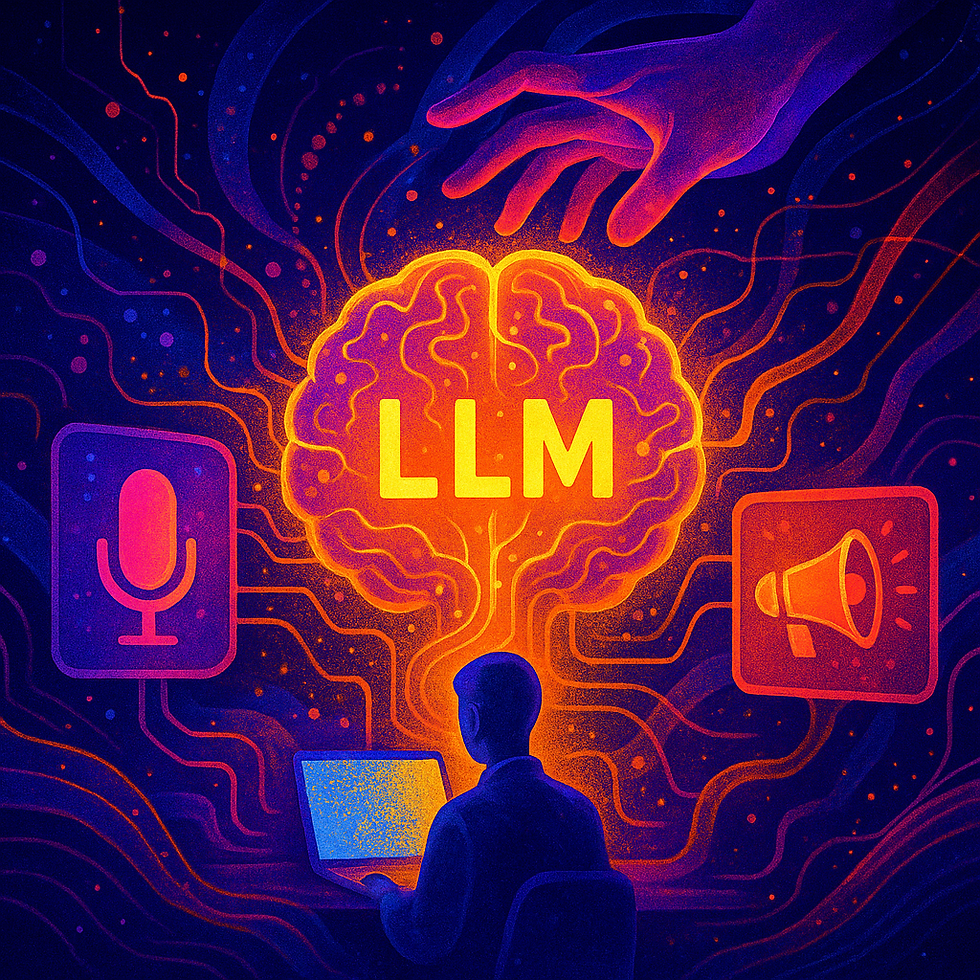
DIGITISATION, HEALTHCARE, MHEALTH
Telemedicine 2025: Between Potential and Practice – How UX Research Strengthens Healthcare
3
MIN
Jul 3, 2025
The trend: Telemedicine is becoming an integral part of healthcare
In recent years, telemedicine has developed from a niche solution to an integral part of modern healthcare. The use of video consultations, remote monitoring and digital health services has increased significantly, especially since the COVID-19 pandemic. According to a 2019 study by Bitkom Research, 64% of respondents said that online consultations make it easier to access doctors who are far away, and 53% appreciated not having to wait at the doctor's office (source: MascMedical)
The following key developments are emerging for 2025 (source: Healthcare Transformers):
Hybrid care: Hybrid models, i.e. a combination of face-to-face and telemedicine, are becoming the standard in clinics and practices. According to a survey conducted by the National Organization of State Offices of Rural Health (US) in early 2025, 82% of patients said they preferred such integrated models, and 83% of doctors and providers said they supported hybrid care (source: NRHA).
Integration of artificial intelligence (AI): AI-powered tools improve diagnostic accuracy and reduce the workload of medical staff by automating administrative tasks.
Remote monitoring of chronic diseases: The use of wearables and other digital tools enables continuous monitoring of patients outside the clinic, which is particularly beneficial for the care of chronically ill patients.
Despite these advances, challenges remain:
Digital divide: Not all patients have the necessary technical equipment or digital literacy to use telemedicine services.
Data protection and security: Ensuring privacy and protecting sensitive health data remain key concerns in the implementation of telemedicine solutions (source: WELT).
Acceptance by patients and doctors: The willingness to use telemedicine services varies. A study shows that 61% of doctors surveyed see great potential in telemedicine, while 34% are unsure or rather sceptical about this form of care (source: Kommunalnet).
These aspects illustrate that the successful use of telemedicine does not depend solely on technological advances, but is significantly influenced by the design of the interaction between humans and technology.
UX research as the key to successful telemedicine integration
User experience (UX) research plays a central role in addressing the challenges mentioned above and promoting the acceptance of telemedicine in a medical context. Targeted research can identify users' needs, expectations and concerns and incorporate them into the development process.
Relevant UX methods:
Context analyses: Observations and interviews in the users' natural environment help to identify real-life usage scenarios and potential barriers.
Usability testing: These tests enable the identification of usability issues and help to improve user-friendliness.
Personas and scenarios: The development of user profiles and usage scenarios supports the targeted design of telemedicine applications.
Longitudinal studies: Long-term studies track the development of user experience and acceptance over an extended period of time.
By using these methods, developers can ensure that telemedicine systems are not only functional but also user-centred. This promotes user confidence and supports effective integration into everyday clinical practice.
Why uintent is the right partner
uintent has extensive experience in conducting UX research in a medical context. With a specialised team and a broad range of methods, uintent supports companies in developing user-centred telemedicine systems and successfully integrating them into everyday clinical practice.
💌 Not enough? Then read on – in our newsletter. It comes four times a year. Sticks in your mind longer. To subscribe: https://www.uintent.com/newsletter









.png)











